The Missiles That Never Reached Their Targets; What Happened Friday Night?! Did Israel Attack Iran?!

On the morning of April 19, images of the wreckages of three Israeli missiles were found in Iraq, approximately 100 kilometers from the borders of Iran. The concurrency of this event with the activities of air defense systems in the skies of Isfahan and Tabriz has led to speculations about an Israeli missile attack on Iran. In the following, we will scrutinize and analyze the mentioned events.
The examination of the published images of the remnants of two missiles in the Al-Aziziyah region in the Wasit province and the remnants of another missile in the Al-Latifiya district near the Iraqi capital Baghdad indicates that these missiles are either Israeli ballistic missiles such as ROCKS ALBM or a similar missile like the Black Sparrow ballistic missile, or based on some speculations and the absence of warheads in the images and the presence of missile boosters, it is reinforced the possibility that the Blue Sparrow missile has been used. In any case, the available images of the missile remnants are not sufficient for a definitive conclusion regarding the type of all missiles.
ROCKS is a new type of surface-to-surface Israeli missile that has a great similarity to the Israeli Black Sparrow missile in terms of body design and specifications, and it also utilizes the technology used in SPICE air-to-surface bombs. The Blue Sparrow missile is also one of the target missiles in the Sparrow series of ballistic missiles, which can be equipped with an explosive warhead if necessary.
According to available information, the range of the ROCKS missile is estimated to be between 600 to 800 kilometers. Israeli F15 or F16 fighter jets are capable of carrying this missile. There is no information about the range of the Blue Sparrow, but it can be estimated to have a range of approximately 1000 kilometers.
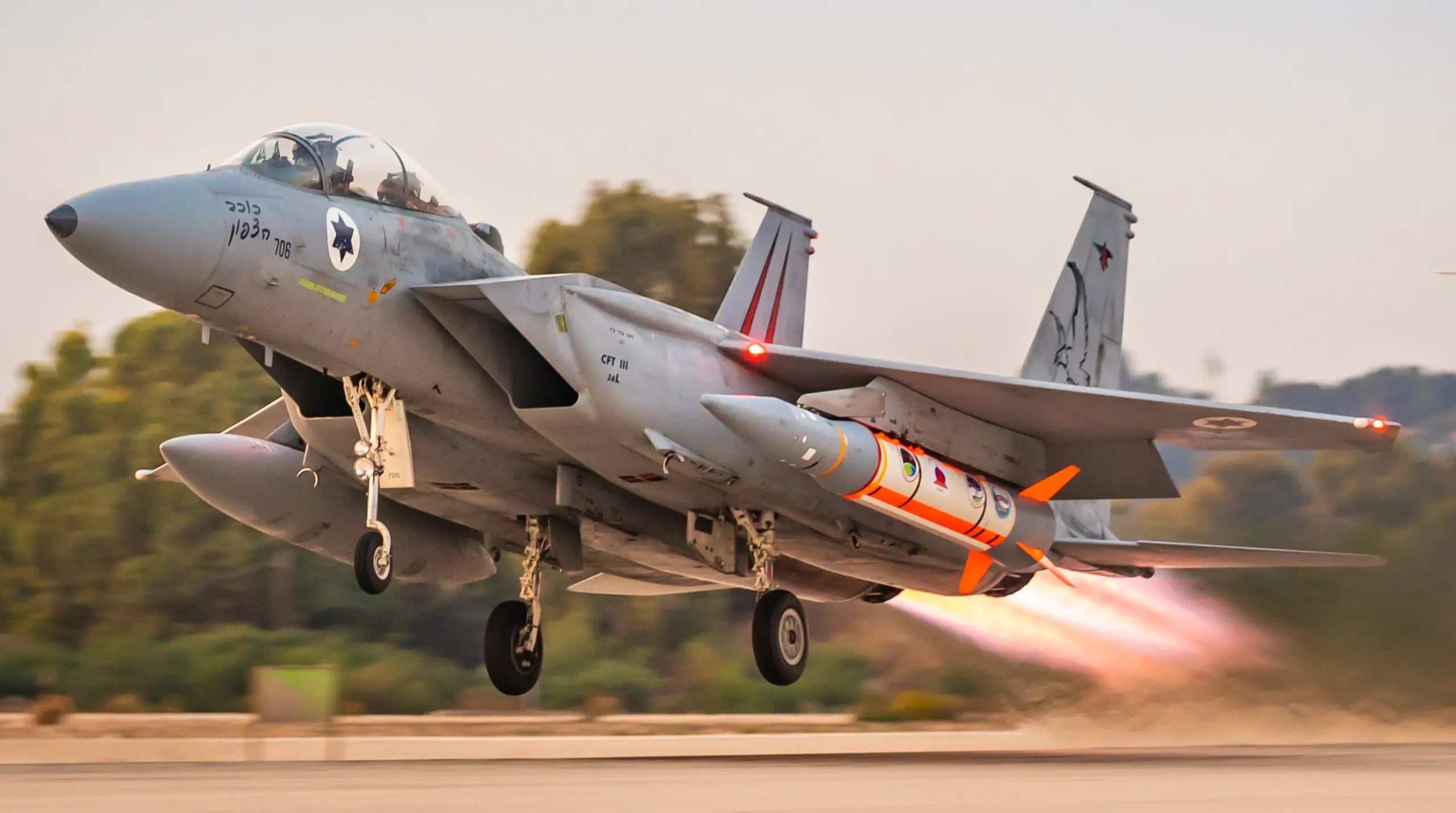


– In the early hours of Friday around 2:55 AM, Israeli regime fighter jets targeted objectives at the al-Thala airport and a radar base in southern Al-Suwayda Governorate.
– An hour later, around 3:50 AM, reports of anti-aircraft system activities near the airspace of the 8th Shekari (hunting) Air Force base, near Isfahan airport, were reported. Similar reports with a short time gap from the west of Tabriz and anti-aircraft system activities were also reported. It is worth mentioning that the mentioned defensive system activities are related to anti-aircraft cannons, and none of the defense missiles were activated. It was later revealed that the anti-aircraft cannons were activated to target a limited number of suspicious objects, which are small quadcopters, and all of these drones were destroyed in the sky, and no damage was reported to any facilities.
– Several hours later, around 6:45 AM, reports of unidentified projectile launches by Iraqi radars and the sound of explosions in some areas of Iraq were reported. Iraqi authorities also confirmed the passage of unidentified projectiles through the Iraqi airspace. Following this, Iraqi forces were dispatched to the mentioned areas, and the remnants of three Israeli missiles, one in the Al-Latifiyah region near Baghdad, and the remnants of two other missiles in the Al-Aziziyah region in the Wasit province, were discovered.
Field assessments and information conclusions indicate that the aerial attack on yesterday morning against the al-Thala airport and targeting the Syrian army’s radars in the Al-Suwayda Governorate was carried out to blind surveillance stations in southern Syria and facilitate the activities of Israeli fighter jets. On the other hand, quadcopters that entered the sky over Isfahan by infiltrators from within Iran were intended to strike radar and defense systems, and if successful, disrupt the operation of defense systems in the mentioned area and facilitate a potential Israeli attack on a target or targets in Isfahan. However, this attempt failed, and all micro drones were destroyed in the sky. The final phase of this operation involved the firing of Israeli missiles and the destruction of targets.
Based on the information available in this operation, the Israeli regime has fired 3 ROCKS or Blue Sparrow missiles, or a combination of them, towards Iran. Our speculation is that Israeli fighter jets have launched the missiles from the northeasternmost point of the occupied Palestinian territories’ borders. Alternatively, in the second scenario, Israeli fighter jets may have fired the missiles from areas near the Al Tanf military base on the Syrian border towards Iran while passing through the border line between Jordan and Syria in the Al-Suwayda Governorate. Field investigations and the comparison of the missiles’ range reinforce the likelihood of the accuracy of this speculation.

Regarding the Israeli attack, it is crucial to mention that all three missiles fired or their boosters have crashed at a distance of approximately 100 kilometers from the Iranian border and have not reached Iranian territory in any way! Even considering the speculation that the missiles have detachable warheads (such as the Blue Sparrow) and the remnants of the missiles were actually rocket boosters, it must be noted that in this case, even in this type of missile and in this type of trajectory and path traversal, after separation from the body, the missiles are not capable of traveling a distance of around 100 kilometers, and in this case, the missiles have not reached Iran. Therefore, it is unlikely for them to penetrate 450 more kilometers into Iranian territory and reach Isfahan. The non-activation of any of Iran’s missile defense systems and the absence of any evidence of impact or damage in Iran once again demonstrate that hostile projectiles have not entered Iranian soil. (Speculations and low-quality satellite images regarding damage to the S300 systems in Isfahans’s Shikari Airbase are not accurate, and if there is any damage, it is related to the micro drones.)



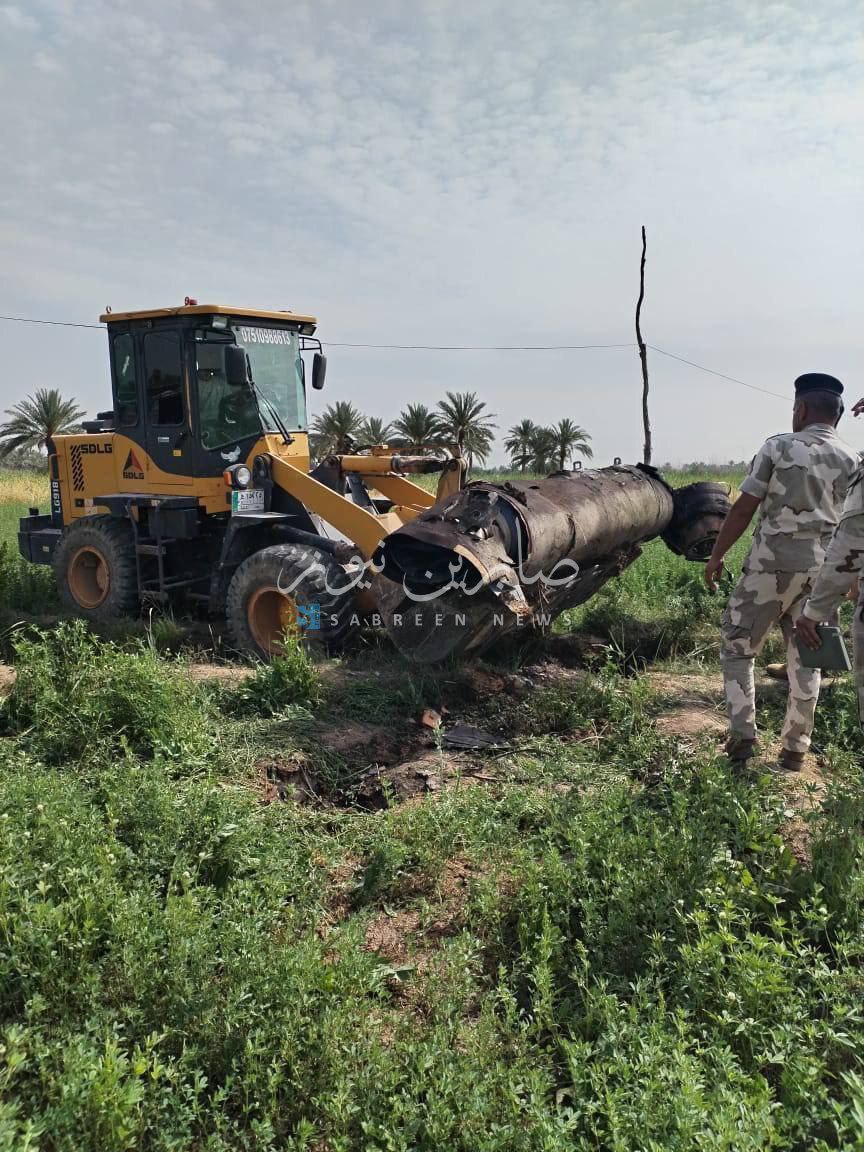


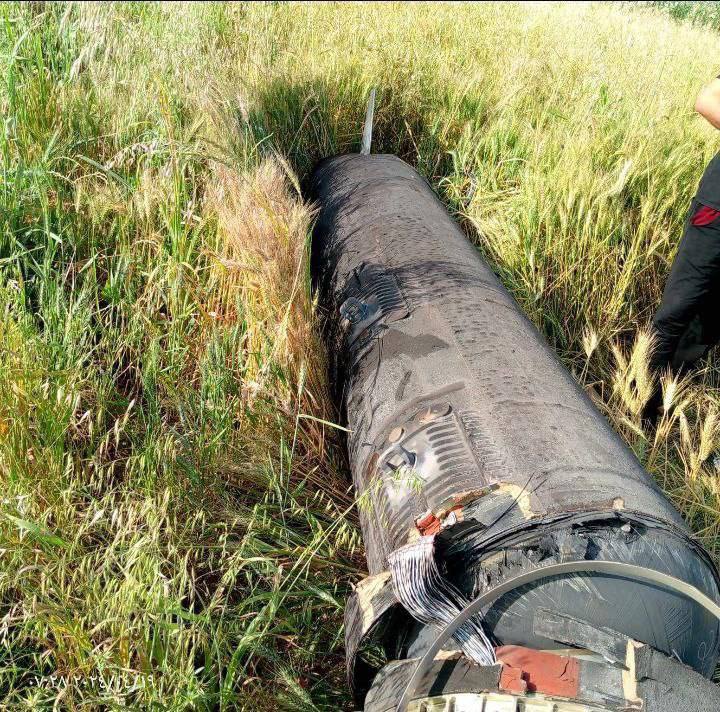
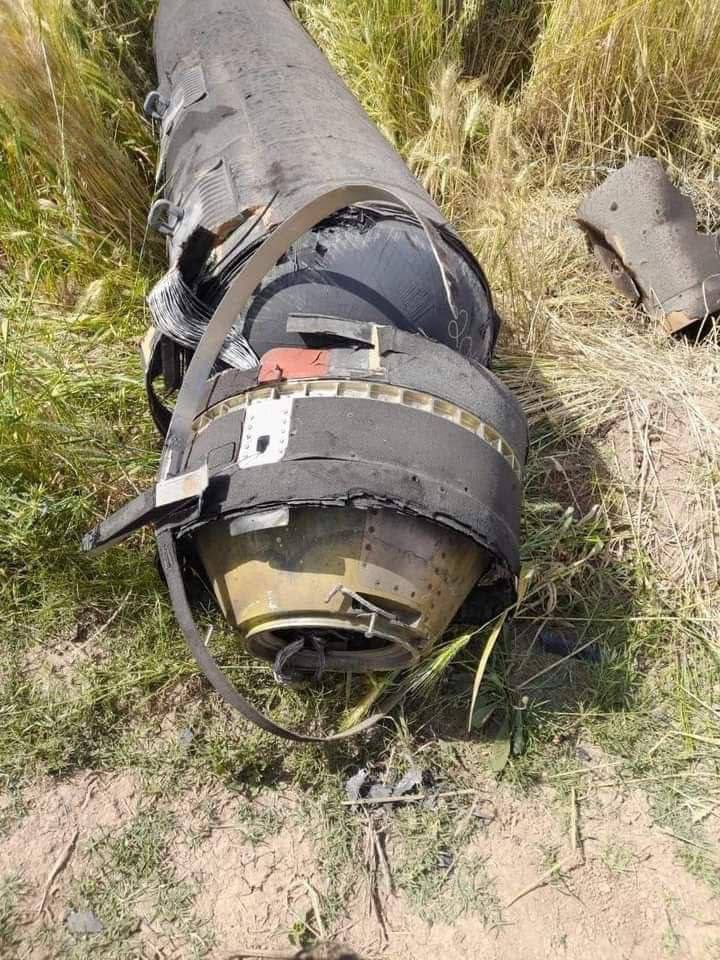
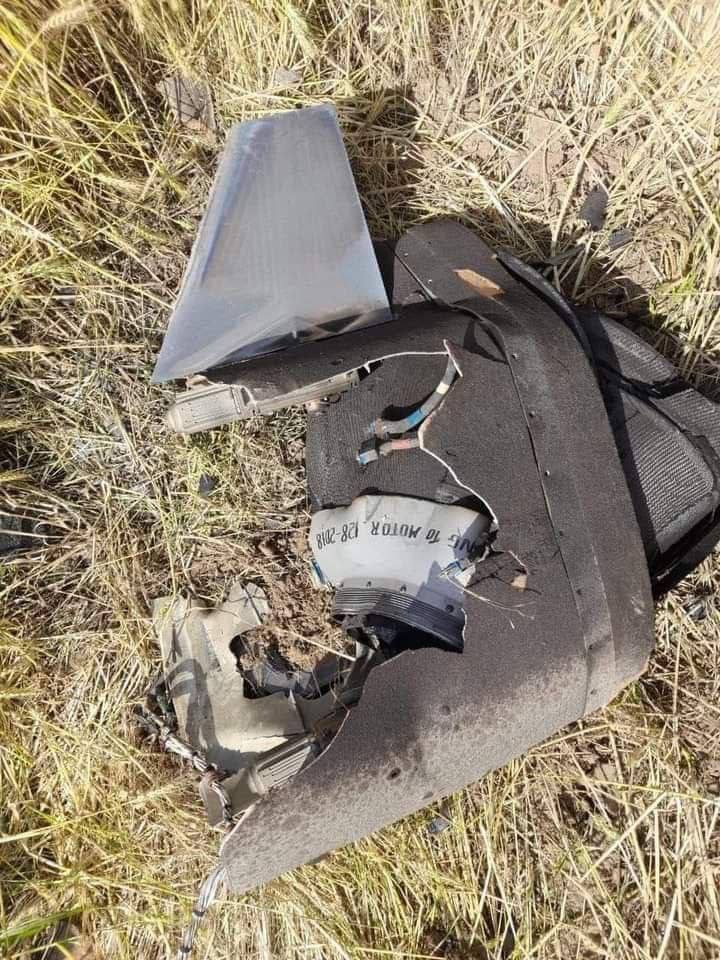
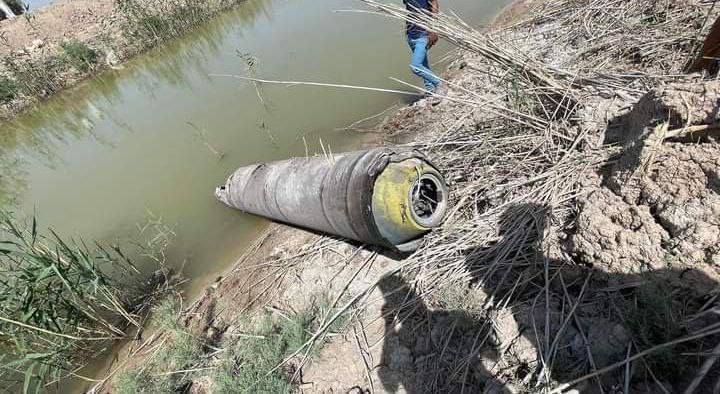
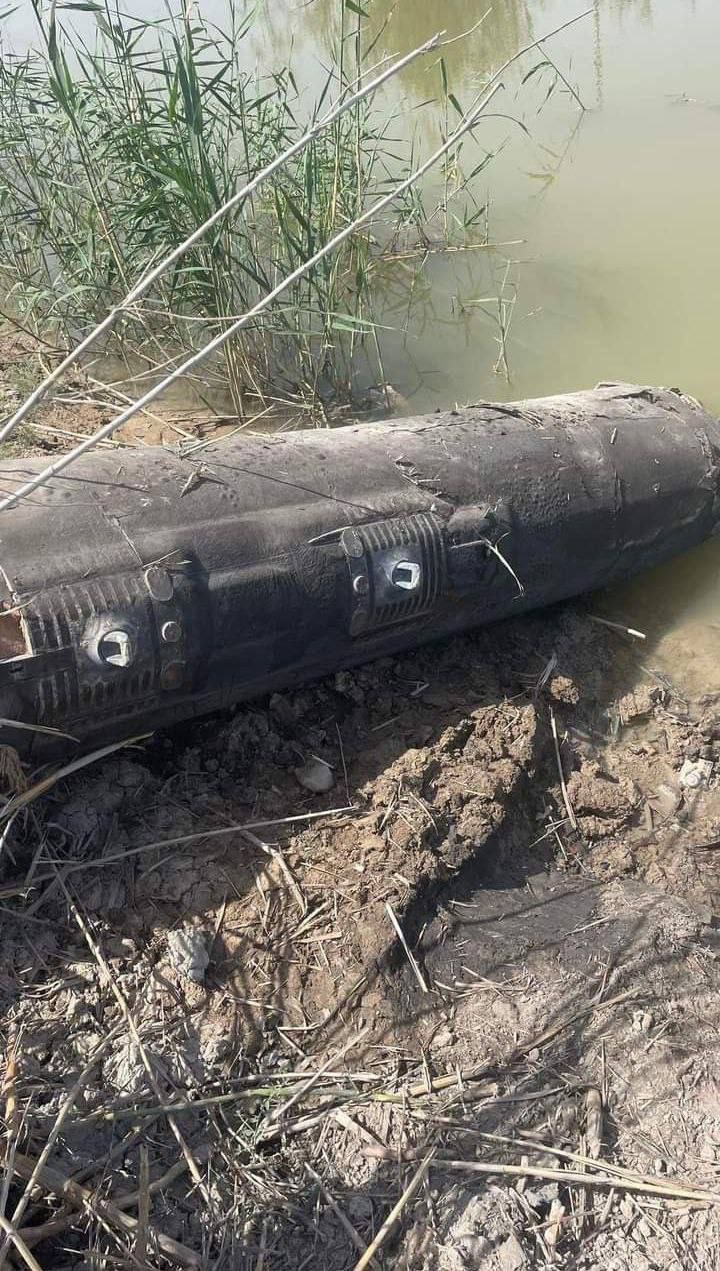
In light of the existing interpretations, it must be said that the Israeli missile attack has been completely faced with a humiliating failure. Therefore, practically, the need for retaliatory operations by Iran is rejected, as the missiles never reached Iran in the first place. Furthermore, the flight of several micro air vehicles, which has been a precedent in the past, does not provide a necessary pretext for carrying out a large-scale missile operation against the Israeli regime.
There are ambiguities and speculations regarding the overall situation and the manner of Israel’s failure, which we will address further. These speculations have variables, all of which are not entirely verifiable.
– One possibility for the lack of success in this missile attack is that the mentioned missiles ultimately experienced errors in their range and lost communication with their center, or they may have crashed due to technical malfunctions, which is entirely plausible.
– Another possibility is that, due to the failure of the micro air vehicles and the destructive operations against radar and defense systems in Isfahan, Israel may have regretted the attack in the final stage and the projectiles may have been canceled. Because if the operation had been carried out and the missiles had been fully intercepted in Iranian territory, it would have resulted in another major embarrassment for Israel, compelling Iran to carry out another retaliatory response on a much larger scale.
– Another possibility is that Iran’s radar and defense systems, through a very strong electronic and cyber warfare, prevented the missiles from reaching Iran’s borders and neutralized the threats outside Iran’s borders. This requires a very high level of electronic warfare capability.
– Yet another possibility is that the United States itself may have taken action to engage in electronic warfare and intercept Israeli missiles to prevent the escalation of tensions. The United States is deeply concerned about the costs and consequences of a widespread conflict between Israel and Iran and lacks the ability to confront short-term or long-term retaliatory attacks by Iran against Israel.
– The last possibility could involve covert interventions, and Israeli missiles may have fallen prey to unseen forces! Since the Islamic Revolution, Iran has been abundantly witnessing such covert interventions, and matters like these are by no means a strange and unexpected issue for Iran! The famous Tabas incident is another example of such covert interventions that has been officially recorded.
Postscript: This writing is based on the available definitive information and will be corrected and updated in the event of new information and findings regarding the potential impact of hostile projectiles within Iranian territory.




What is the possibility of a failed EMP attack? something not usual and creepy feeling from all this, has seen a tweet by Pepe Escobar